China is bolstering its presence in the South China Sea with a 3,200 hectare network of military bases, including some capable of launching nuclear bombers, according to new satellite images.
The latest satellite images of Mischief Reef by the Asia Maritime Transparency Initiative (AMTI), which tracks maritime security issues in Asia, show sprawling runways, missile shelters, large aircraft hangars amid several high-level military infrastructure resembling a well-defined city.
“They include harbours, large runways, more than 72 fighter jet hangars across the three big island bases, surface-to-air missile and anti-ship cruise missile emplacements, and a lot of radar, sensing and communications infrastructure,” Gregory Poling, director of the AMTI, told ABC.
China is now in control of 20 outposts in the Paracel Islands and seven in the Spratly Islands, according to the AMTI. Out of these, four have been turned into fully operational naval and air bases.
China also controls Scarborough Shoal, which it seized in 2012, via a constant coast guard presence but it has not built any facilities on the disputed feature.
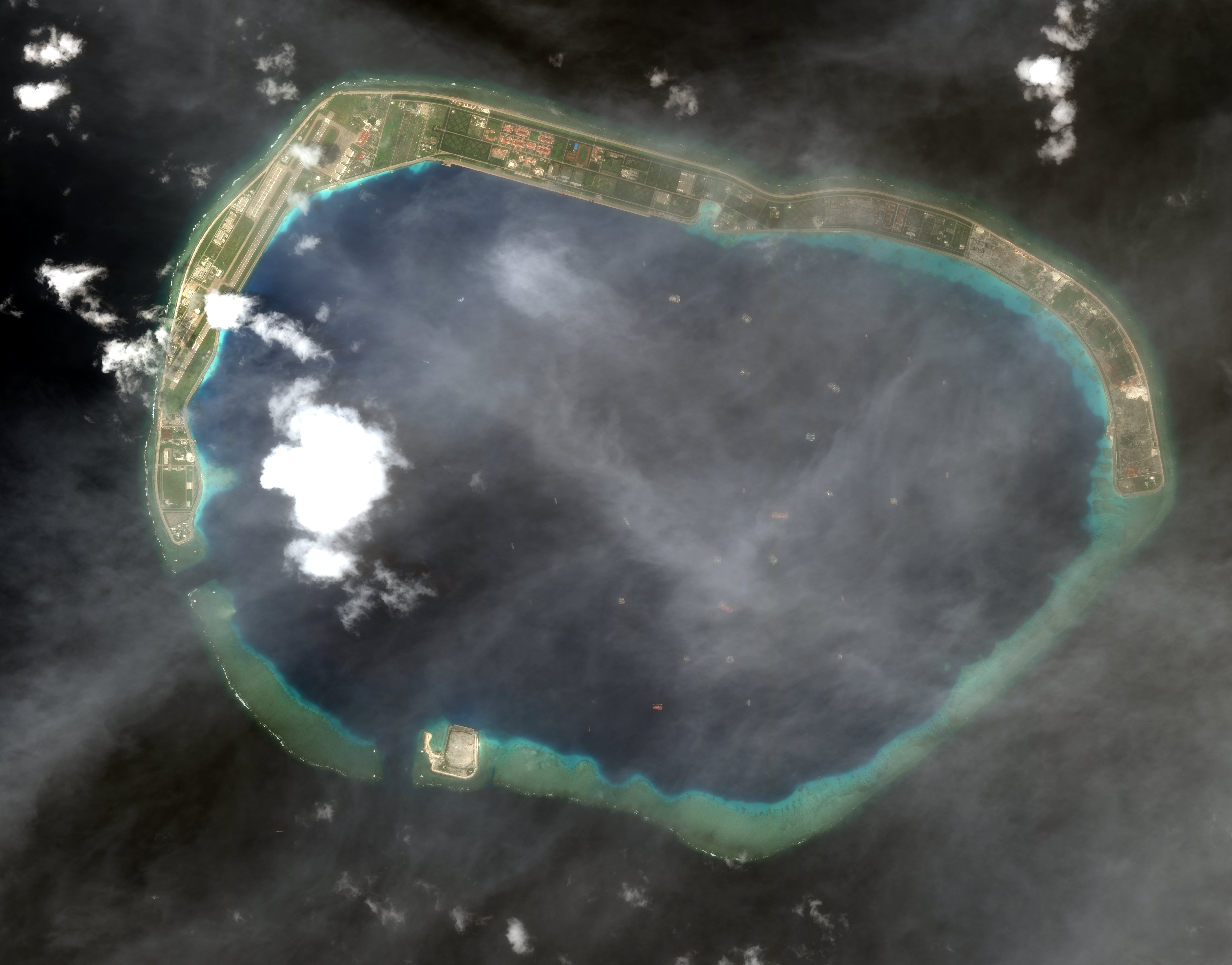
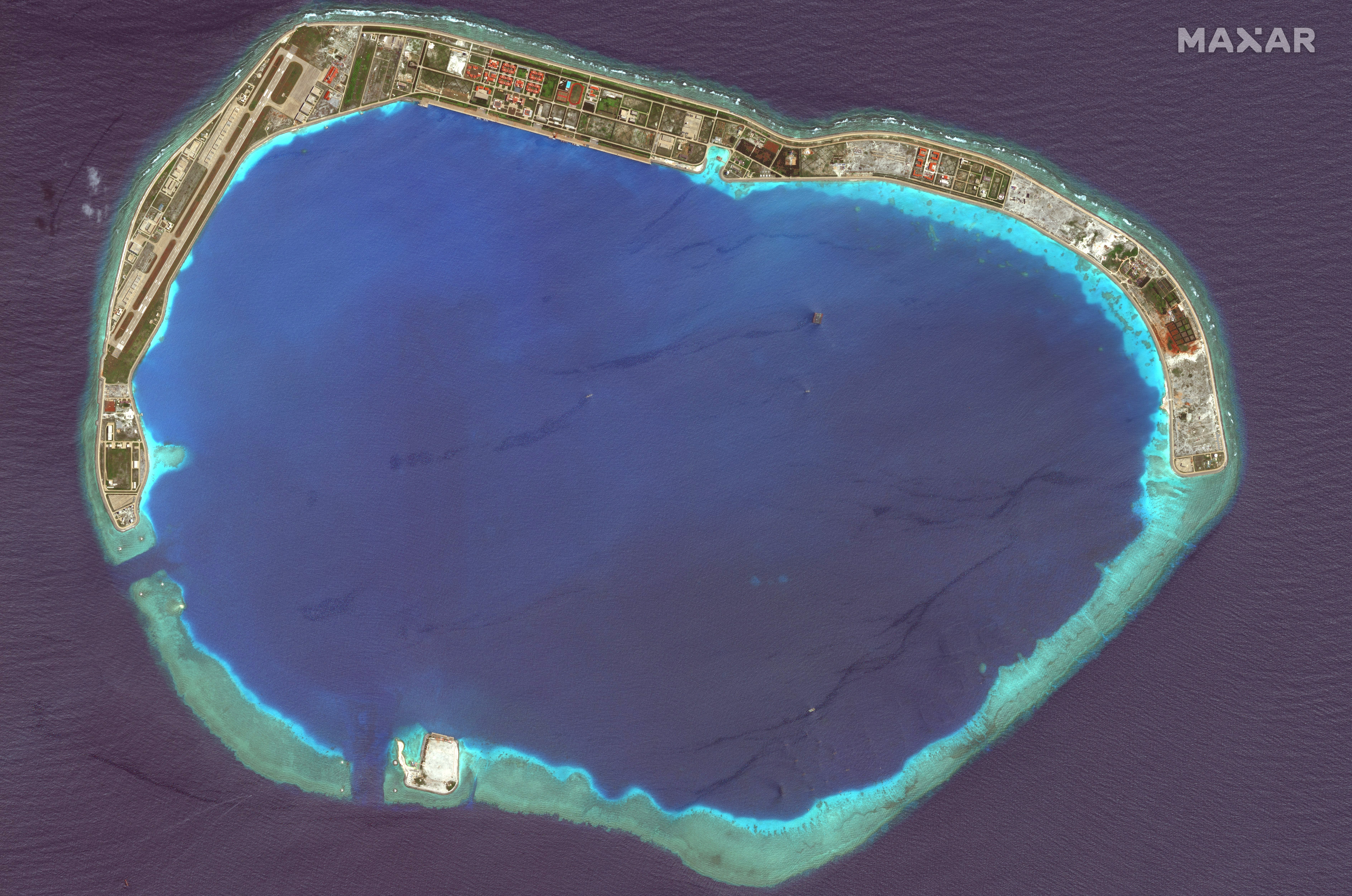
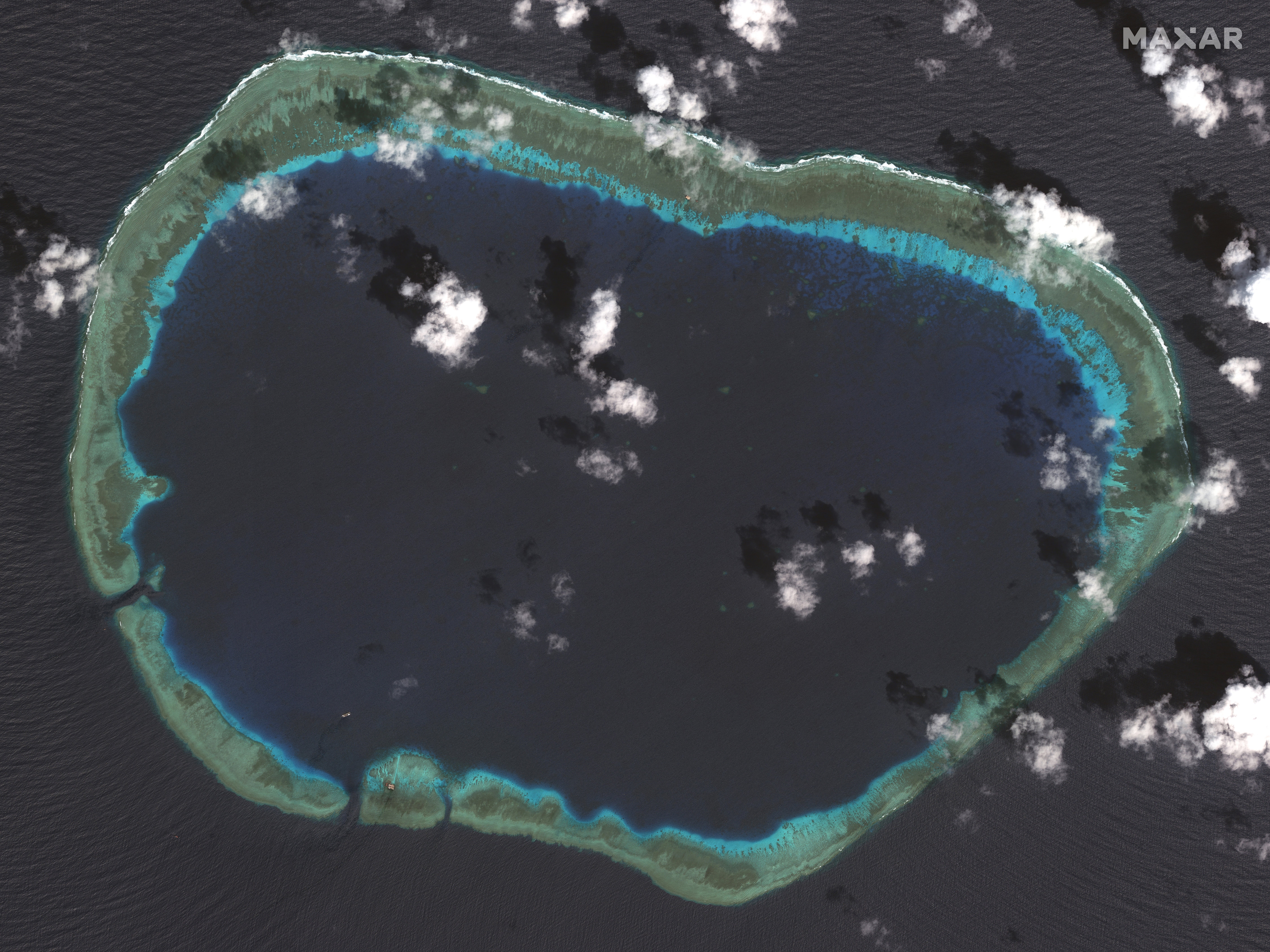
China claims sovereignty over nearly all the South China Sea, including areas claimed by Brunei, Indonesia, Malaysia, the Philippines, Taiwan and Vietnam. A 2016 ruling by an international arbitral tribunal found Beijing’s sweeping claims had no basis under international law, a decision that was rejected by Beijing.
Beijing maintains its military expansion in the region is defensive, arranged to protect what it says are its sovereign rights amid opposition from Asian countries that have their own claims.
Mr Polling said these bases are the “result of the quickest example of mass dredging and landfill in human history”.

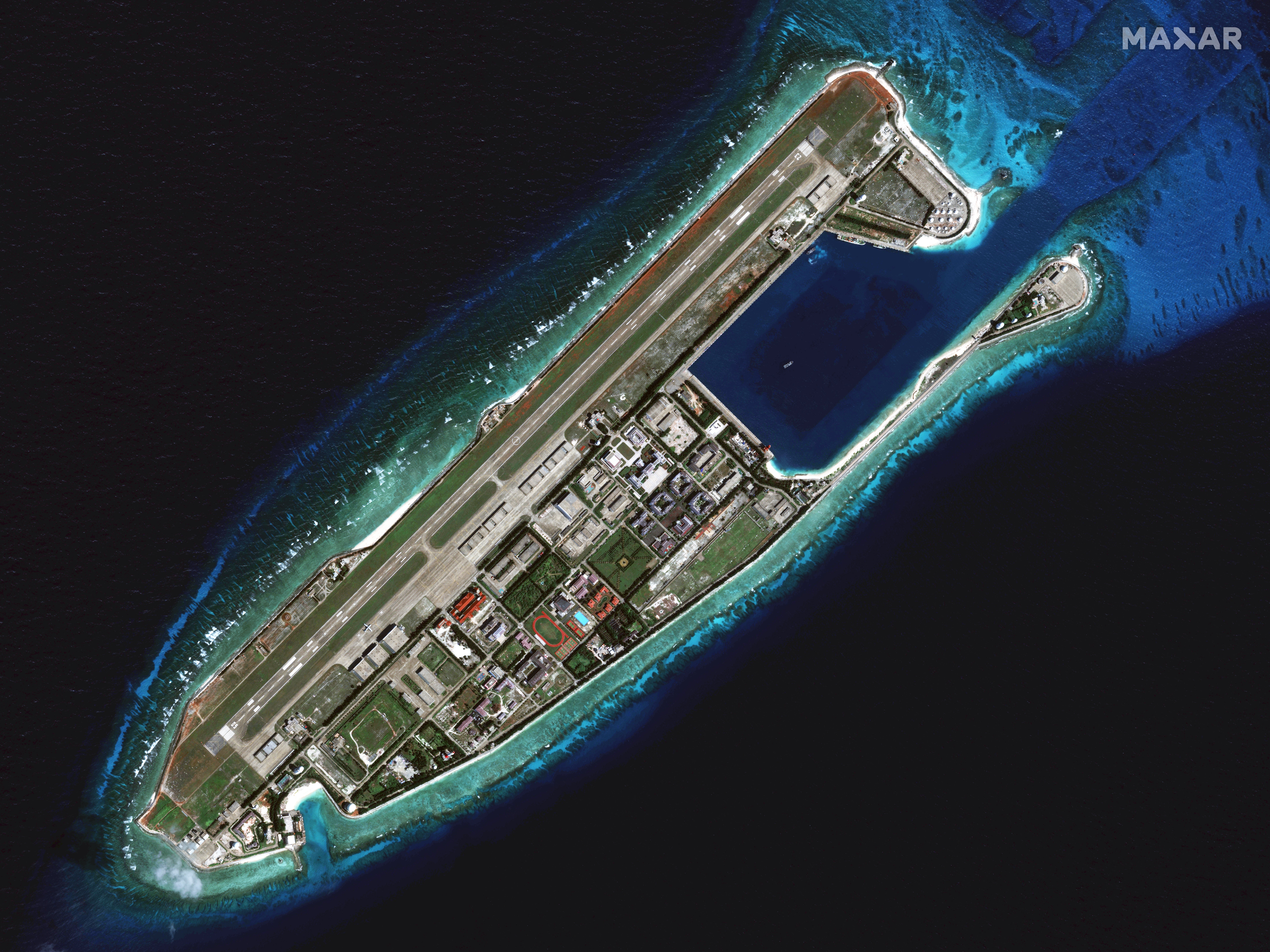
In May this year, China landed two of its most advanced bombers in the disputed Paracel islands in the South China Sea, as seen in satellite imagery.
The images reportedly showed long-range H-6 bombers on Woody Island in the Paracel islands, marking the first time China’s most advanced bombers were seen since 2020 and a signal of Beijing’s growing military capabilities.
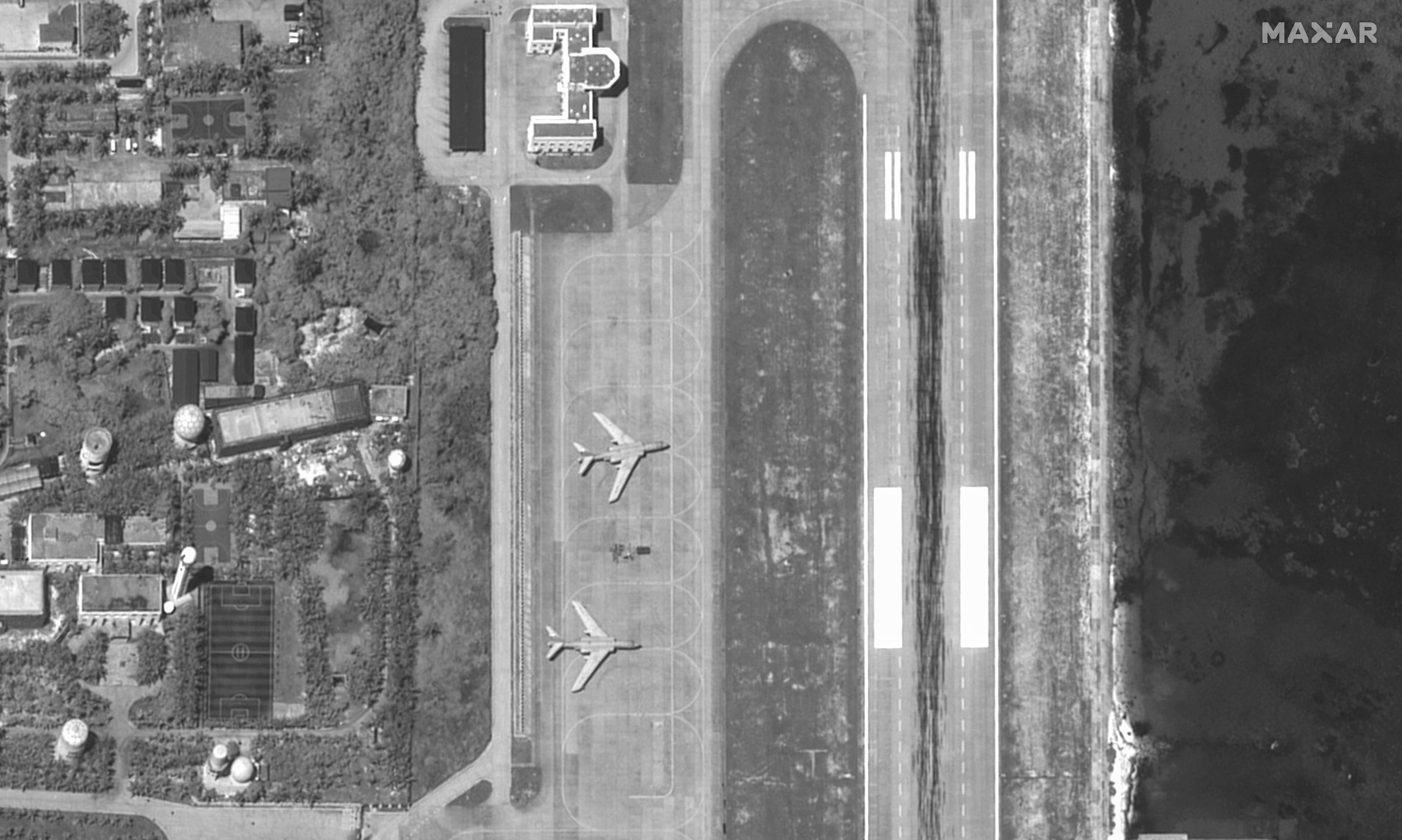
“China’s long-range bombers don’t need to be on the Paracels so it does appear to be omni-directional signalling by Beijing against the Philippines and against the US and other things that are going on,” said Collin Koh, a defence scholar at Singapore’s S Rajaratnam School of International Studies.
The H-6 bombers are seen as a potential threat to US bases in the region and were also seen deployed in the war games around Taiwan last October. They flew close to the US mainland in July last year for the first time.
China’s Southern Theatre Command, which covers the South China Sea, maintains two regiments of the bombers, according to the London-based International Institute of Strategic Studies.
The bombers are generally kept at heavily fortified bases on the Chinese mainland, where they would have more protection in a conflict from US attacks in conflict scenarios.


